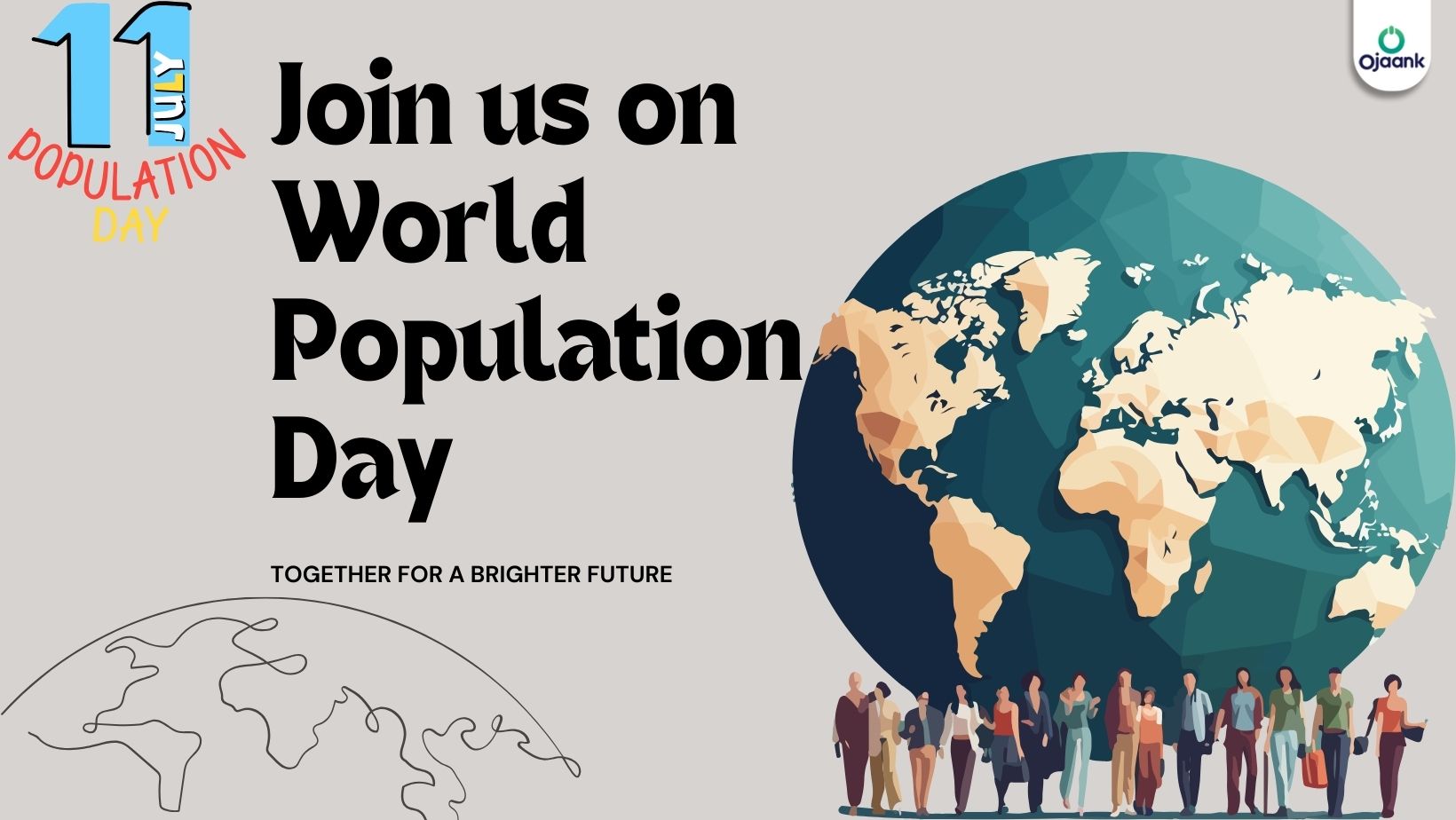World Population Day: Addressing Global Challenges and Opportunities

Balancing the Scales: World Population Day and the Future We Face
Introduction
July 11 marks World Population Day, an observance inaugurated by the United Nations to highlight the pressing issues and opportunities presented by a growing global population. As numbers continue to soar, with the world population expected to reach nearly 9. billion by 205, understanding the dynamics and implications of these changes is crucial for sustainable development.
-
The Significance of World Population Day: A day to focus on proactive solutions to the challenges posed by population dynamics.
-
Overview of Global Population Trends: Current trends show a rapid increase in population figures, with significant regional variations.
-
Importance of Addressing Population Issues: Managing growth sustainably is key to ensuring economic stability, environmental sustainability, and social welfare.
1. Demographic Dynamics: Understanding Population Growth
Global Trends:
The global population has been on a consistent upward trajectory, influenced by factors such as higher life expectancy and significant improvements in healthcare.
Regional Variations:
While regions like Africa continue to experience rapid population growth, others, such as Europe, are seeing stagnant or declining rates.
Future Projections:
Predictions indicate that Africa and Asia will dominate global population growth, challenging existing infrastructure and necessitating new policies.
2. Economic Implications of Population Changes
Labor Markets:
Changing demographics affect labor markets profoundly, with younger populations driving growth in emerging economies and aging populations challenging developed nations.
Economic Growth:
Population size directly influences economic development. A larger workforce can drive growth, but only if properly harnessed through education and employment opportunities.
Resource Allocation:
A growing population intensifies the pressure on resources, requiring innovative approaches to ensure sustainable management of food, water, and energy.
3. Social Structures and Population Management
Urban vs. Rural:
Migration to cities is escalating, creating megacities and altering the dynamics of urban development and rural areas alike.
Aging Populations:
Countries with older populations face issues like increased healthcare costs and a shrinking workforce, necessitating policies that support aging citizens while boosting workforce participation.
Youth Bulges:
A youthful demographic presents opportunities for innovation and growth but also requires investment in education and job creation to harness this potential effectively.
4. Environmental Impact of Population Expansion
Resource Consumption:
An expanding population leads to heightened demand for natural resources, compelling more efficient use and innovative resource management strategies.
Habitat Loss and Biodiversity:
As human settlements expand, natural habitats are lost, posing a threat to biodiversity and ecological balance.
Climate Change:
Population growth exacerbates climate change concerns through increased carbon emissions, necessitating a global commitment to sustainable practices.
5. Innovative Solutions for Sustainable Growth
Technological Advancements:
Innovations such as smart cities, AI, and big data are crucial in addressing population-related challenges by improving efficiency and decision-making.
Policy Initiatives:
Governments must enact policies that promote sustainable development, effectively manage demographic changes, and ensure equitable resource distribution.
Global Cooperation:
International collaboration and treaties are essential in tackling global challenges like climate change and sustainable development goals.
Summary and Key Takeaways
World Population Day is not just a reminder of growth rates but a call to action to manage this growth sustainably. Each individual's efforts, combined with national policies and global initiatives, play a crucial role in shaping a sustainable future.
Frequently Asked Questions
What is World Population Day and why is it important?
World Population Day raises awareness and inspires actions to address population issues, including health, rights, and sustainability.
How does population growth affect economic development?
Population growth can spur economic development by increasing the labor force, but it also puts pressure on resources and infrastructure.
What are the major challenges posed by an aging population?
Aging populations strain social services and healthcare systems and require adjustments in policies to support an aging workforce.
Can technology truly help manage population growth and its implications?
Yes, technology plays a critical role in managing population effects through innovations in healthcare, urban planning, and resource management.
What role do international organizations play in population management?
International organizations facilitate cooperation, provide guidance, and support research and policy-making to address population issues globally.